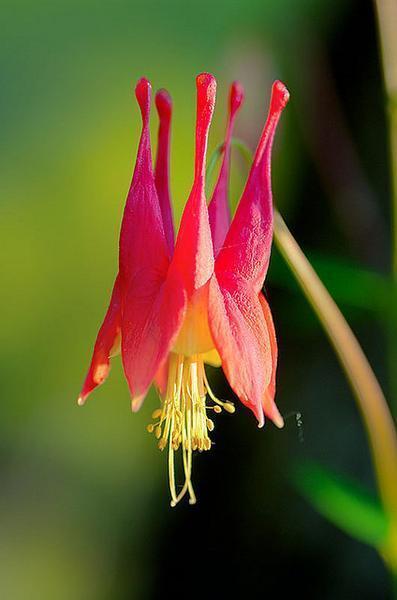Wild Columbine in the Garden
go.ncsu.edu/readext?657014
en Español / em Português
El inglés es el idioma de control de esta página. En la medida en que haya algún conflicto entre la traducción al inglés y la traducción, el inglés prevalece.
Al hacer clic en el enlace de traducción se activa un servicio de traducción gratuito para convertir la página al español. Al igual que con cualquier traducción por Internet, la conversión no es sensible al contexto y puede que no traduzca el texto en su significado original. NC State Extension no garantiza la exactitud del texto traducido. Por favor, tenga en cuenta que algunas aplicaciones y/o servicios pueden no funcionar como se espera cuando se traducen.
Português
Inglês é o idioma de controle desta página. Na medida que haja algum conflito entre o texto original em Inglês e a tradução, o Inglês prevalece.
Ao clicar no link de tradução, um serviço gratuito de tradução será ativado para converter a página para o Português. Como em qualquer tradução pela internet, a conversão não é sensivel ao contexto e pode não ocorrer a tradução para o significado orginal. O serviço de Extensão da Carolina do Norte (NC State Extension) não garante a exatidão do texto traduzido. Por favor, observe que algumas funções ou serviços podem não funcionar como esperado após a tradução.
English
English is the controlling language of this page. To the extent there is any conflict between the English text and the translation, English controls.
Clicking on the translation link activates a free translation service to convert the page to Spanish. As with any Internet translation, the conversion is not context-sensitive and may not translate the text to its original meaning. NC State Extension does not guarantee the accuracy of the translated text. Please note that some applications and/or services may not function as expected when translated.
Collapse ▲Wild columbine (Aquilegia canadensis) is a perennial plant native to North America and grows well in just about any type of habitat, from rocky open woodlands, to loamy or sandy soils with moist or dry conditions. Because of these traits, wild columbine is a sturdy addition to your garden that will self-propagates for several years. Spreading by rhizomes, wild columbine blooms in the spring and grows up to 3 feet in height. The lobed, semi-evergreen leaves are bluish-green and can be quite striking in their own right. In fact, columbine and pink muhly grass (Muhlenbergia capillaris) are a beautiful combination when planted near one another.

Leo Papandreou CC BY-NC-SA-2
The showcase for this plant, however, is the bright red and yellow nodding flowers that grow on tall, slender stalks. Instead of having separate flower parts, the petals of columbine are fused together and grow backward into upright spires. In each of these spires are little pockets of nectar that attract long-tongued animals like hummingbirds, moths, and butterflies. The yellow stamens protrude downwards from the petals and offer a nice contrast to the reddish-pink petals.
Columbine is a versatile plant that thrives in most types of habitats. Because it is relatively easy to grow and readily establishes itself, columbine is a great choice for those areas in your yard where plants can be notoriously hard to grow. Columbine does well in partially shaded areas of your garden but may tolerate slightly more exposure to direct sun once established. If you grow columbine, watering is necessary only during the first few weeks of the establishment period; afterward, columbine is drought tolerant and so is a good choice for those interested in low-maintenance, low-impact garden plants. It does not tolerate standing water or poorly drained soils, however.



